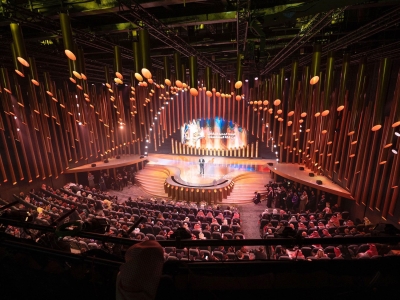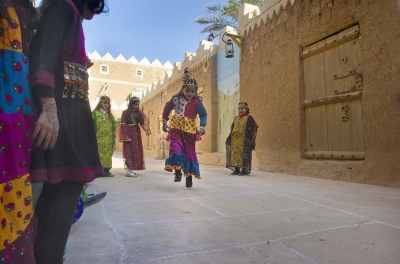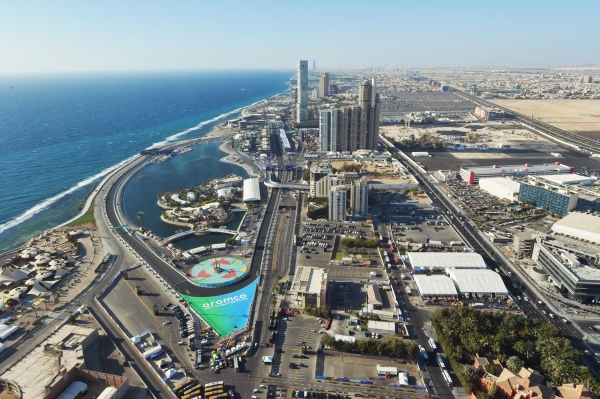
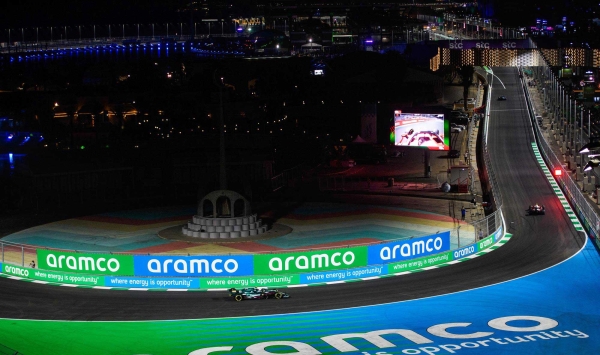
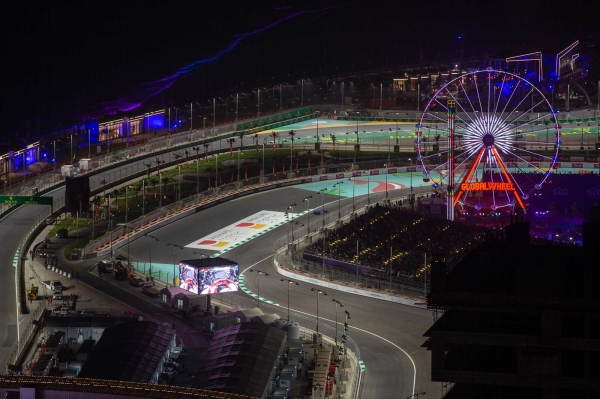
Jeddah Corniche Circuit is a temporary auto racing circuit, on the Corniche of Jeddah near the Red Sea coast, designed by a German called Hermann Tilke of Tilke company, in partnership with Formula 1 Motor Sports Company. The circuit has been awarded a grade A with the specifications of the International Automobile Federation, with a length of 6,174 meters. It is the longest street circuit in Formula 1 racing in the world.
The circuit witnessed its first competition in 2021, between competitors for the Saudi Grand Prix STC Formula 1. This was followed by the launch of the second edition of the race in 2022, and the third edition in 2023.
Construction of Jeddah Corniche Circuit
The construction of the Jeddah Corniche Circuit took eight months, and it's considered the fastest circuit built and equipped within a short time in the history of Formula 1 races. Fifty local and international contracting companies participated in its construction, applying the best and most stringent health and safety conditions. The construction took millions of work hours and ended without recording any serious work injuries.
The circuit includes 27 turns, 16 on the left and 11 on the right, which set a record for the number of turns, some of which were able to reach a speed of 252 km per hour.
Jeddah Corniche Circuit testing
The Safety Commissioner and Director of the Formula 1 World Races examined the Jeddah Corniche Circuit before starting the race. The examination included an assessment of the racetrack quality, and its surroundings, in addition to the standards of the International Automobile Federation. The circuit was awarded a grade (A) for the best and finest international circuits, as well as a grade (A) corresponding to the International Automobile Federation standards.
Technology at Jeddah Corniche Circuit
The Jeddah Corniche Circuit relied on solar energy to operate 86 banners, which led to an 82.7 percent saving of the total electrical consumption in it. The Circuit also has LED lights and techniques to reduce irrigation rates, which contributed to reducing the rate of pollution and reducing the temperature.
The circuit also relied on advanced techniques, including allocating 500 frequencies to run applications needed by racing devices. Also, the Communications and Information Technology Commission provided a technical support team to monitor frequencies and prevent any interference affecting racing services, which has contributed to addressing the effects of this sort of racing on communications services, in addition to broadcasting the race through the latest live - streaming cameras.
Related quizzes
Related articles

